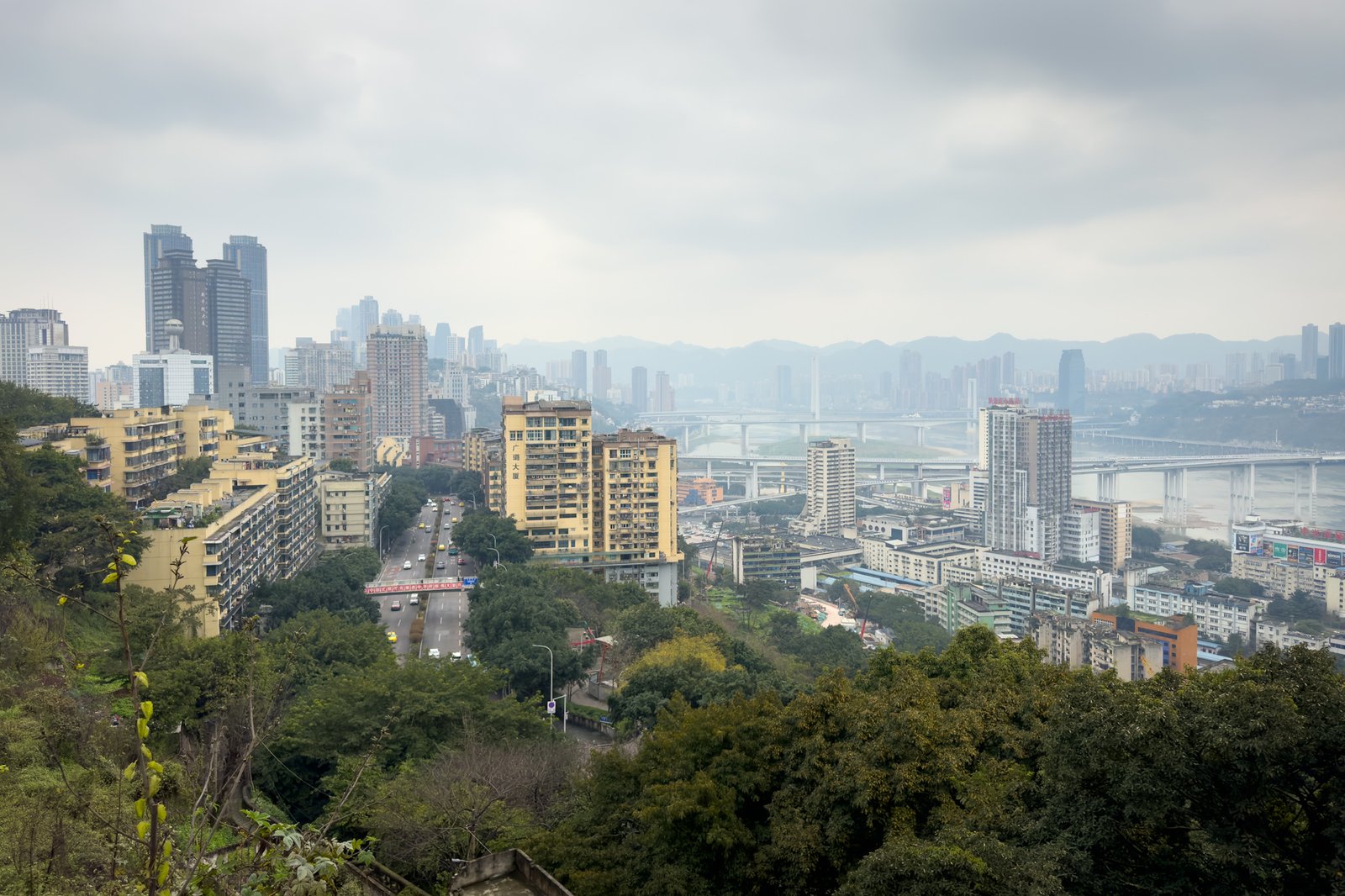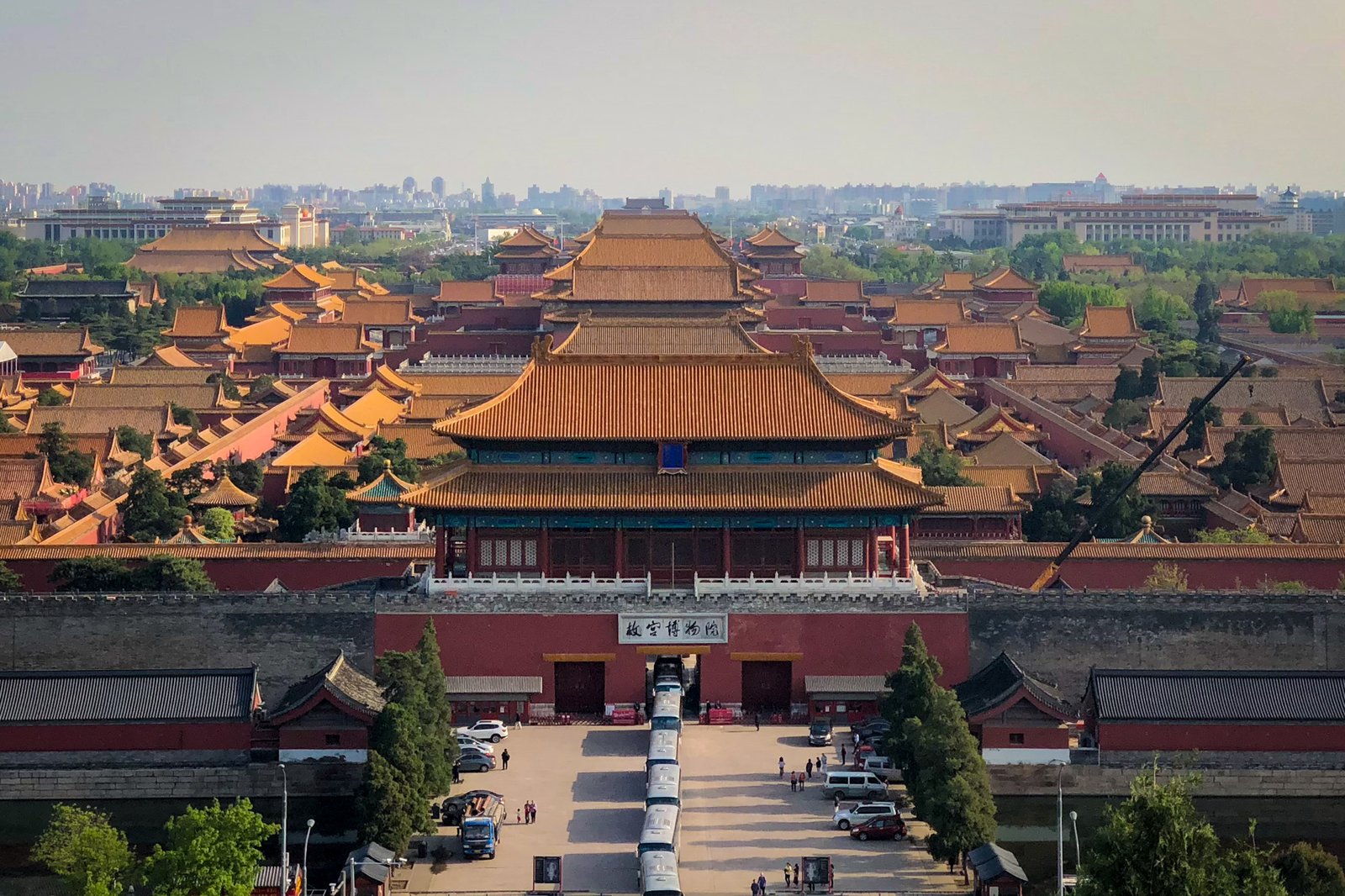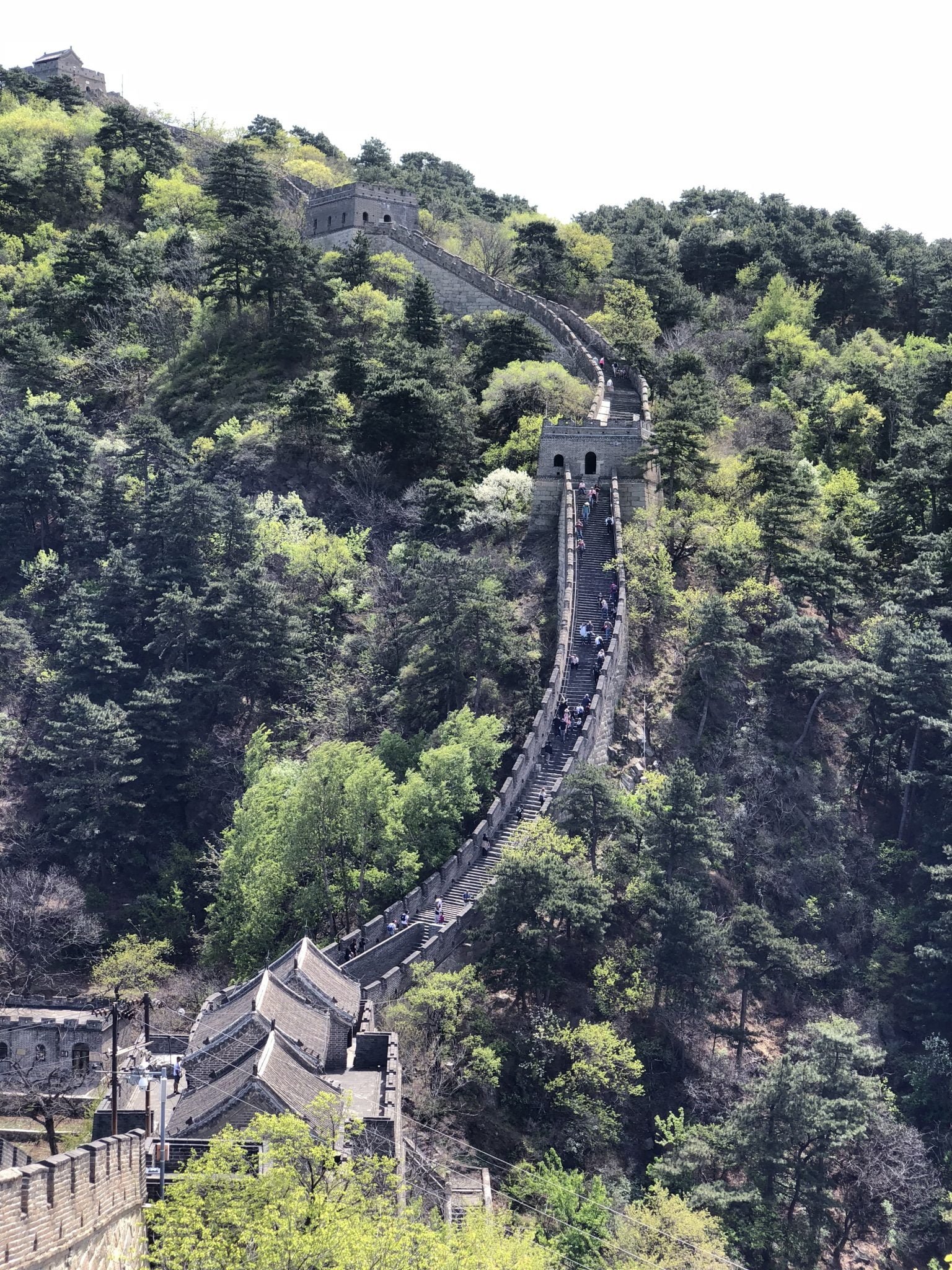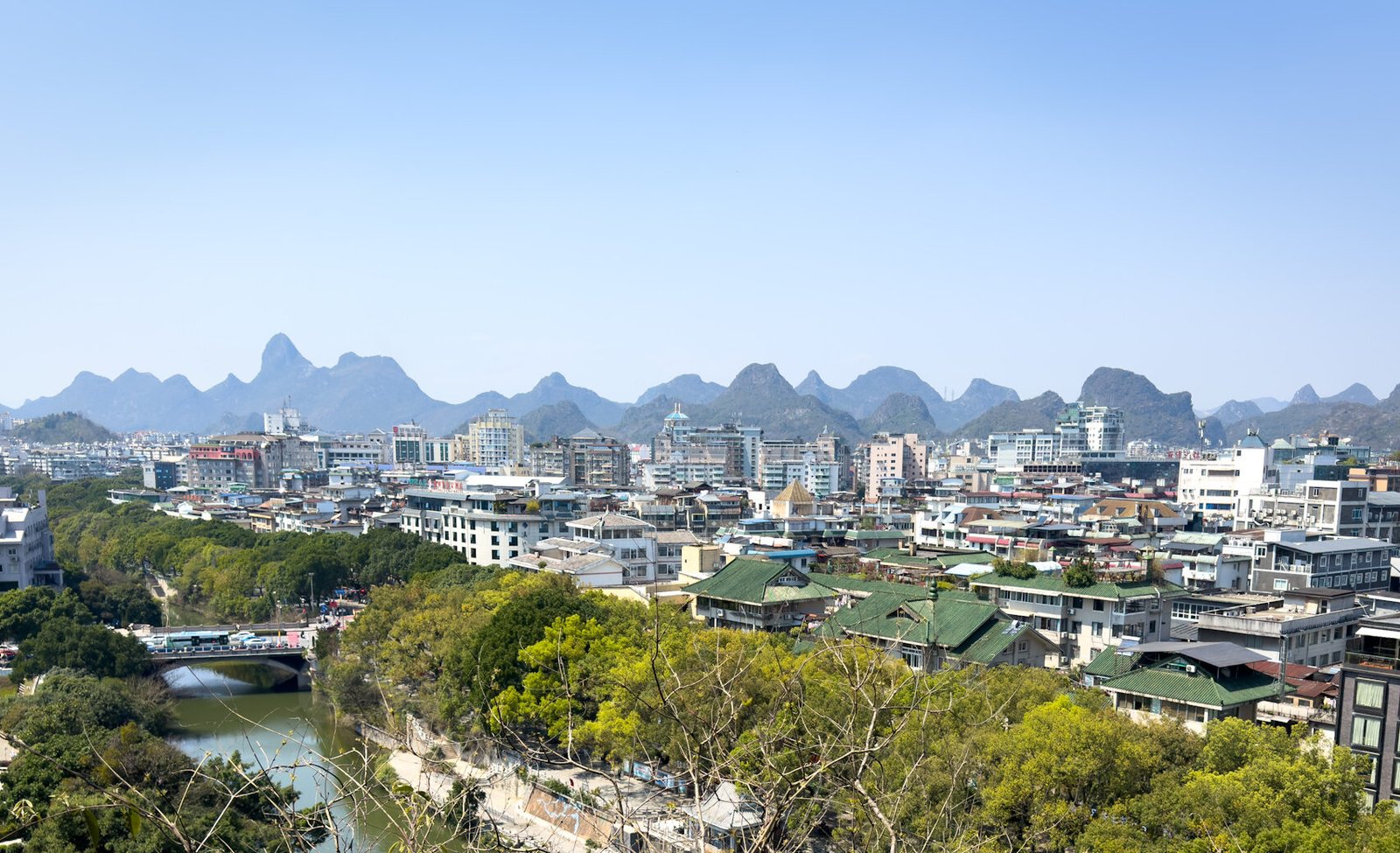About the city
Suzhou is about 100 km from Shanghai, around 40 minutes by train. It is known as the Venice of the East as it is composed of a network of canals and bridges. It is a great option to go for a day trip in Suzhou when you are in Shanghai for both the proximity and the gardens and canals, which are very beautiful for sightseeing, and for points of interest.
In Suzhou, you can visit the Beisi Ta, the Humble Administrator’s Garden, the Silk Museum or the Shuang Ta. It is also a good city to observe Chinese everyday life outside the big cities and the confusion.
TABLE OF CONTENTS
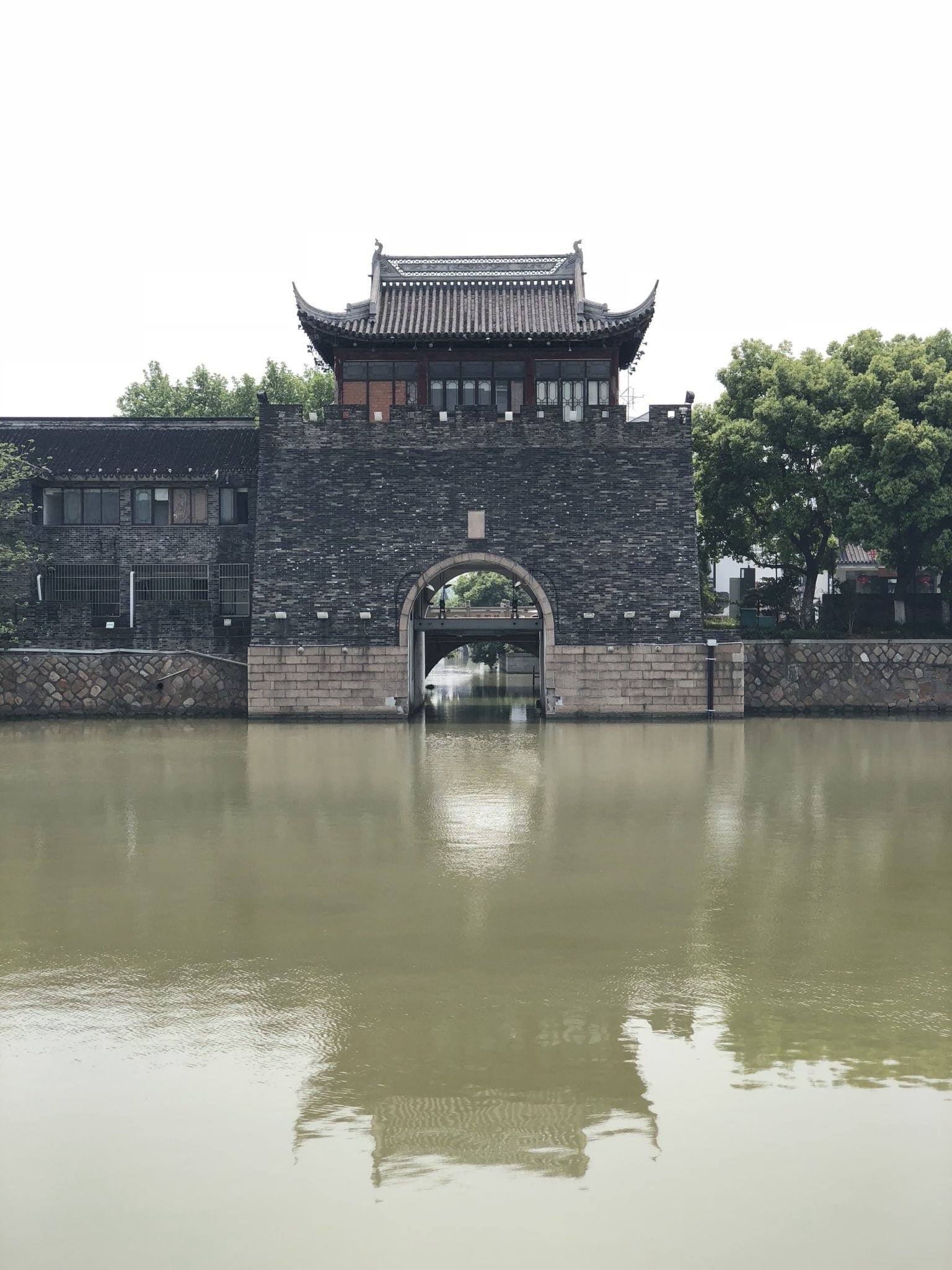
How to get there
For those coming from Shanghai
There are trains of type G and D. The first ones are faster and more comfortable and therefore more expensive. As the goal is to do a day trip in Suzhou and you should make good use of your time, we suggest you choose a fast train. The price of travel for a G train is, in second class, ¥ 39.5 while a ticket for a D train is only ¥ 25.5.
See here how you can buy your train ticket in Shanghai for a day trip in Suzhou.
Where to Stay in Suzhou
Although we didn’t stay overnight in Suzhou, as we took a day trip from Shanghai, the city can be a great option for those who want to explore at a slower pace. Here are our top picks for accommodations in Suzhou:
- Budget Option: Suzhou Blue Gate Hostel – This budget hostel is conveniently located in the historic center, offering simple and comfortable rooms with easy access to the city’s classic gardens and canals.
- Mid-Range Option: Pan Pacific Suzhou – This modern hotel offers comfortable rooms, a restaurant with garden views, and is situated near several key attractions, such as the Fisherman’s Garden and Panmen Gate.
- Luxury Option: Shangri-La Hotel Suzhou – This luxury hotel offers a sophisticated experience, with spacious rooms, a full spa, and panoramic city views. It is ideal for an upscale stay in Suzhou, with easy access to Jinji Lake and Suzhou’s shopping district.
If you’re wondering where to stay in Suzhou, Pingjiang is perfect for those seeking the classic atmosphere and historical canals of Suzhou, while Suzhou Industrial Park offers a blend of modernity and entertainment around Jinji Lake. Consider spending a night in the city to fully enjoy its beauty and tranquility.
The arrival

When we arrived, we soon noticed by the train station that in fact, this city is not a big metropolis like Beijing or Shanghai. The construction is much simpler and more practical, with very wide corridors, giving the idea of thousands of people moving there every day to work.
When we left the station, we soon felt the heavy air due to the pollution, and even though it was hot, it was not possible to see the sun clearly as it was hiding behind a haze of pollution.
The station is located outside the central area of Suzhou and to go to the city you can take the metro or make the way on foot. We chose to walk once we realized, as we were leaving the station, that the city had a complex system of canals and there were several gates and bridges that we wanted to see up close on the way towards the city.
Along the way, we saw the various attractions and areas of the city. A day trip in Suzhou is not enough to visit everything but, in this post, we leave some of the points of interest so that you can make your choice.
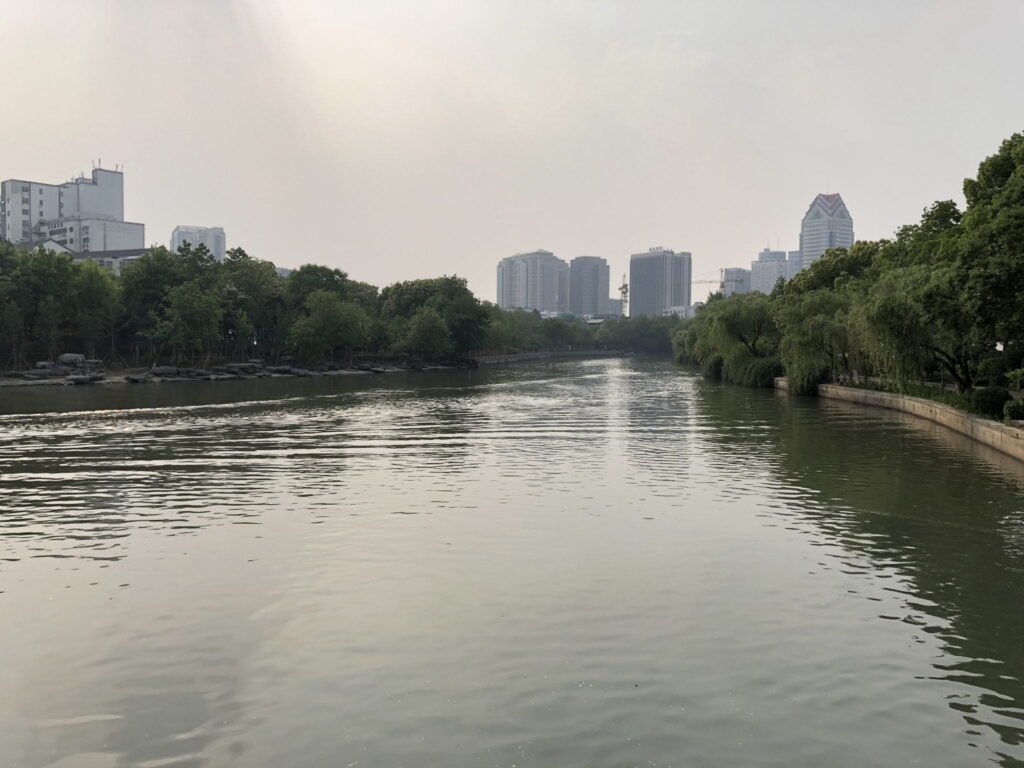

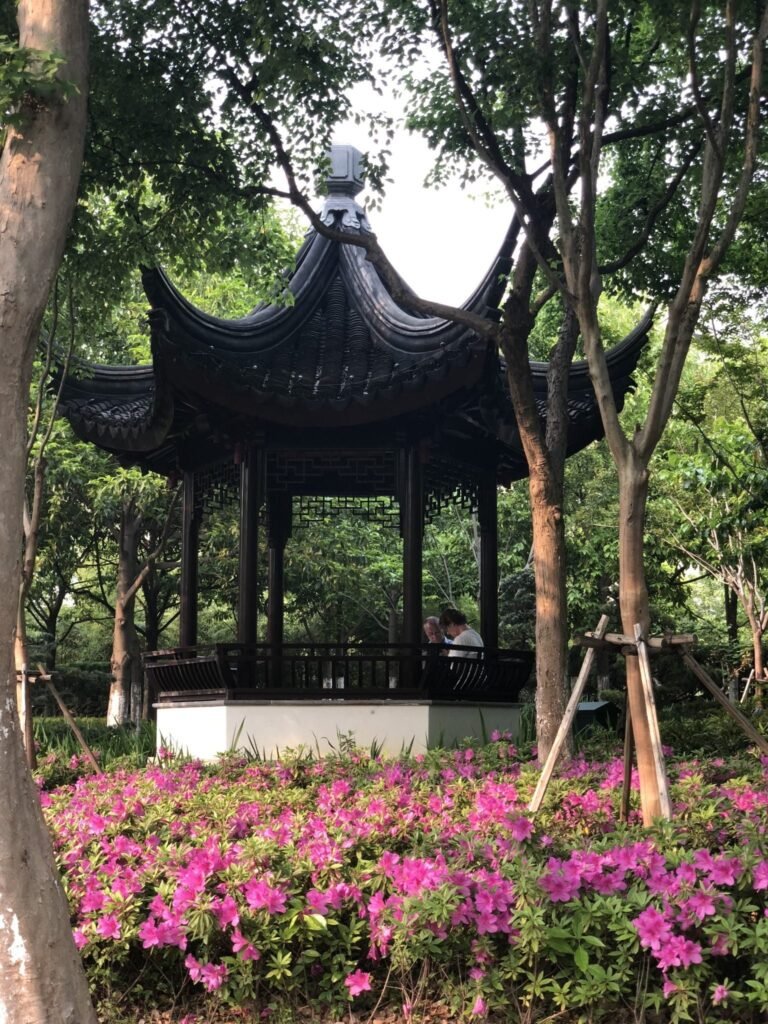

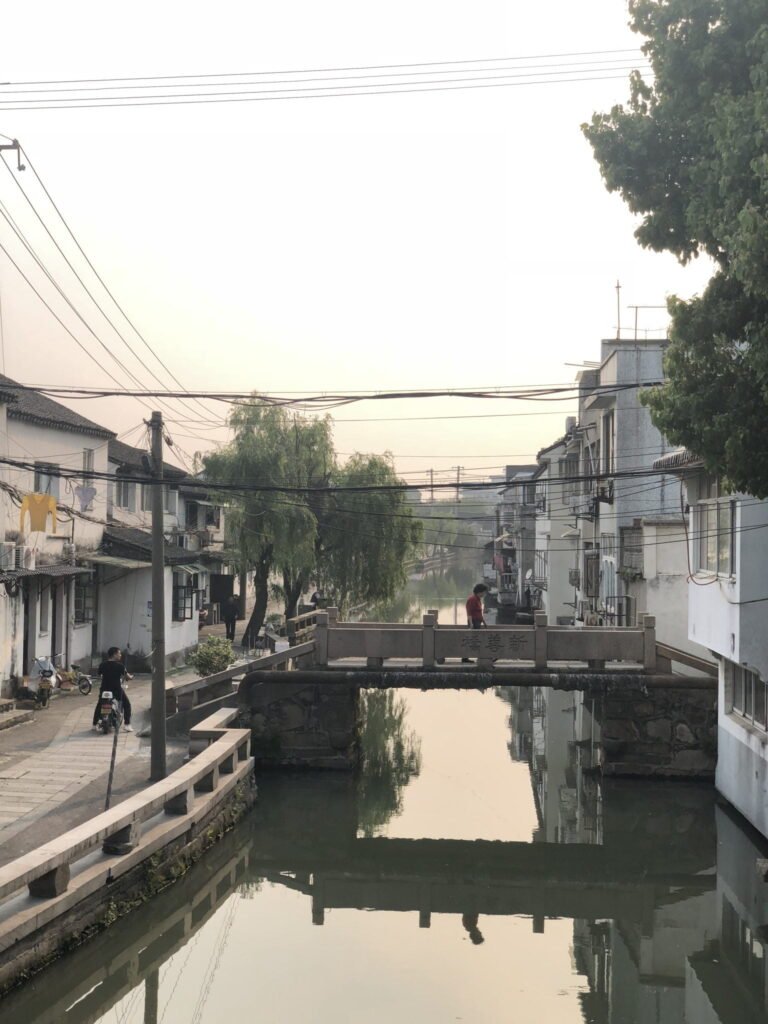
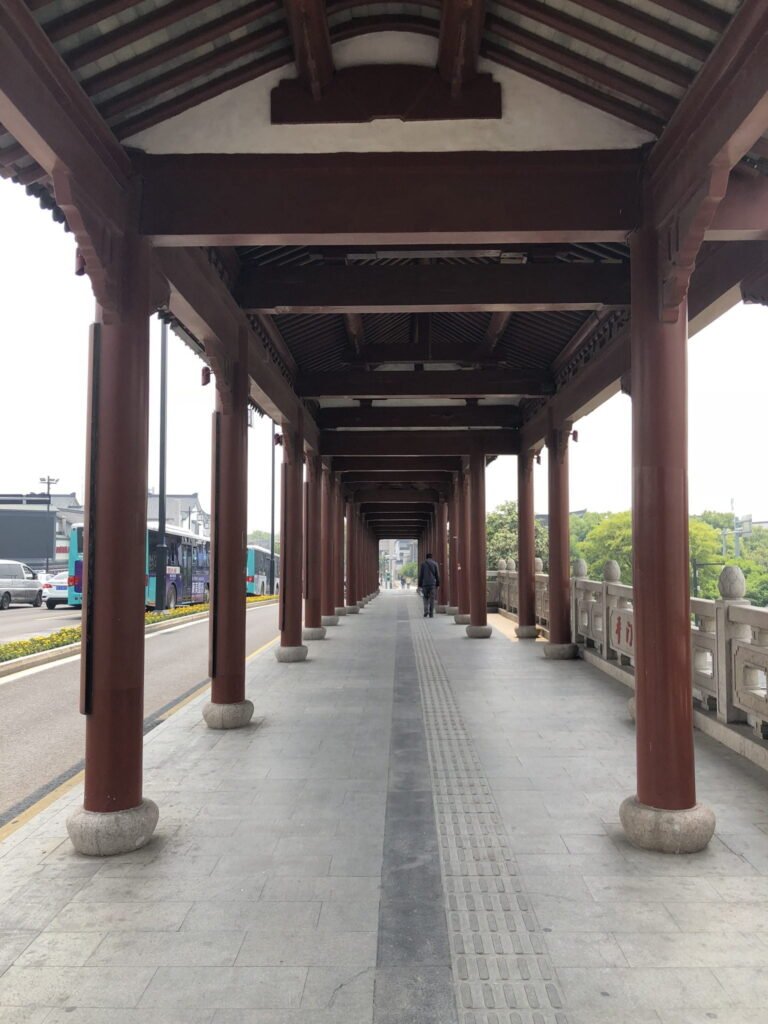
Tips for a day trip in Suzhou
Beisi Ta
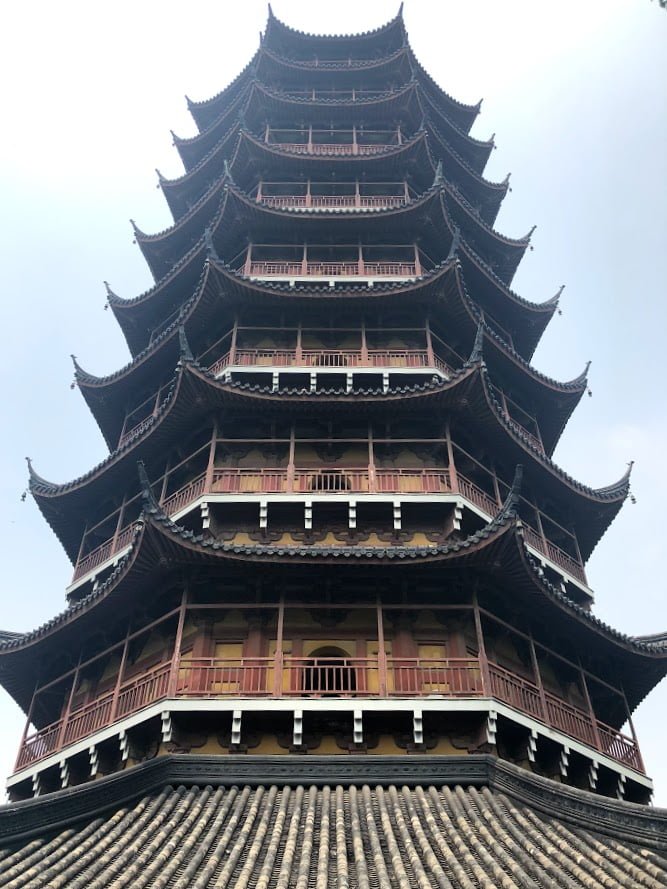
The Beisi pagoda or Chinese Beisi Ta is a Chinese pagoda, belonging to the Bao’
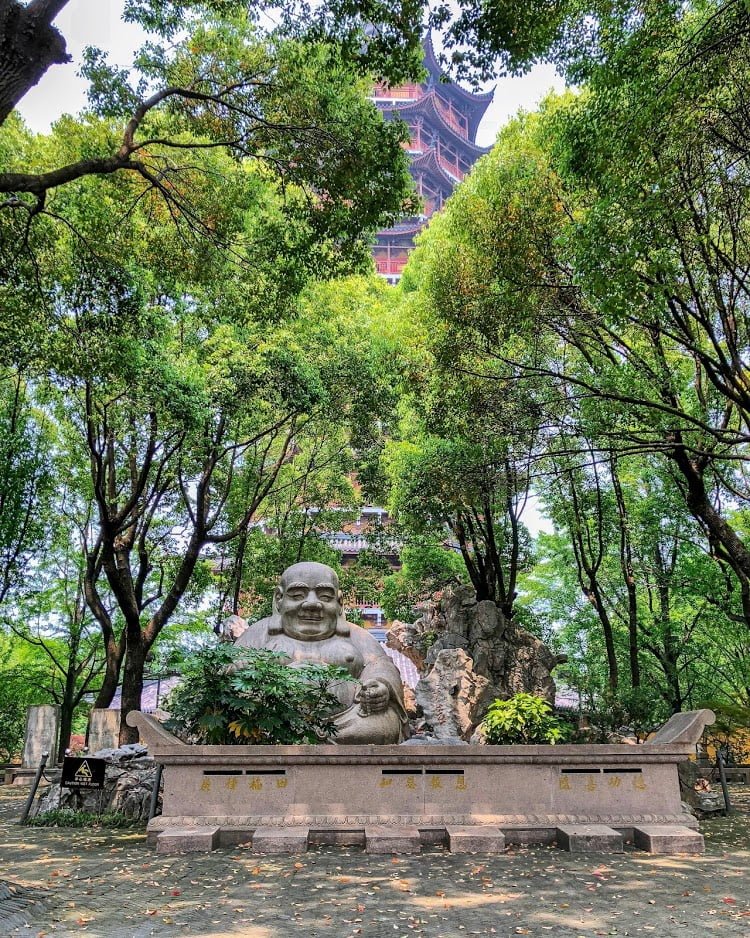
In addition to the visit to the pagoda, you can see the temple in which it is located as well as the statue of a
Free entrance
Suzhou Museum
The Suzhou
Free entrance
Silk Museum
The silk museum documents the history of silk production and Suzhou embroidery dating back to 2000 BC. The exhibits include old looms with demonstrations, samples of ancient silk patterns and an explanation of sericulture.
Free entrance
Shuang Ta
They are considered the best preserved and
Dinghui Lane, in Southeast Suzhou, where the twin pagodas were built, is now called Shuang Ta (Twin Pagodas) Lane. According to historical accounts, the pagodas were built in 982 during the Song dynasty by Wang brothers of Wuxian County.
The twin pagodas, both built in brick, are almost exactly the same size, structure, and shape. Both have eight sides and seven floors and are more than thirty meters high.
10¥
Humble Administrator’s Garden
The Humble Administrator’s Garden is a Chinese garden, a UNESCO World Heritage Site and one of the most famous gardens of Suzhou. It is the largest garden in the city and is considered by some to be the best garden in all of Southern China.
Abril, Maio, Julho, Agosto, Setembro e Outubro: 90¥; Janeiro, Fevereiro, Março, Junho, Novembro e Dezembro: 70¥
Lingering Garden
Lingering Garden is a classic Chinese garden. It is recognized as the other classical gardens of Suzhou as a UNESCO World Heritage Site.
April, May, July, August, September and October: 55 ¥; January, February, March, June, November and December: 45 ¥
Tiger Hill
Tiger Hill is a hill in Suzhou. It is a tourist destination and is known for its natural environment and historical sites. The hill is so named because it looks like a crouched tiger. Another legend claims that a white tiger appeared on the hill to guard it after the burial of King Helü.
April, May, July, August, September and October: 80 ¥; January, February, March, June, November and December: ¥ 60
Panmen Gate
The Pan Gate, Pan Men or Panmen is a landmark in Suzhou. It is a gate located in the southwest corner of the Main Channel or Suzhou’s surrounding canal. Originally built during the spring and autumn period in Wu state, it is estimated to be about 2,500 years old.
Guanqian Commercial Street
It is a shopping area where you can find traditional Chinese restaurants and shops of various international brands. Some of them are clearly replicas that market counterfeit products.
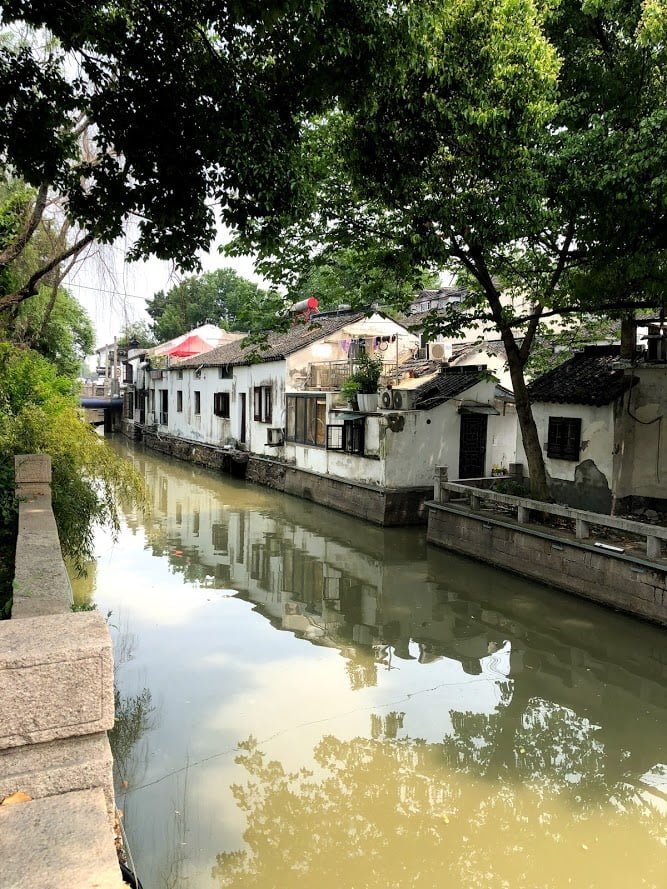

A day trip in Suzhou allowed us to get to know China away from the big metropolis, even if it is a region where more than 10 million people live. There’s a very clear contrast with Beijing and Shanghai.
This city is quite industrialized and with a great network of commerce and services.
The accessibility and
The city is filled with gardens that along the canals create a very romantic atmosphere, which gave it the nickname of Venice of the East.



